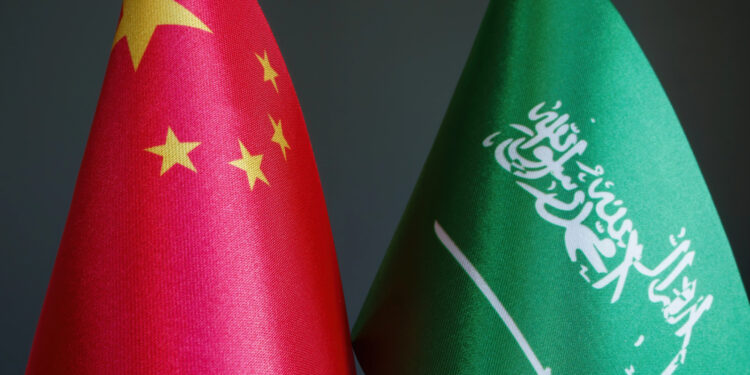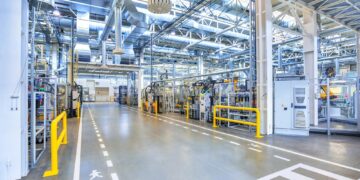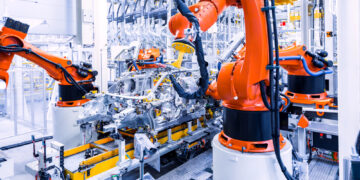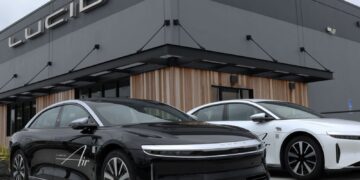China and Saudi Arabia are forging ahead with ambitious strategies aimed at reshaping their economies through sustainability and technological innovation. China’s focus is on building a green, low-carbon economy by 2035, while Saudi Arabia’s Vision 2030 seeks to diversify the Kingdom’s economy and reduce its dependence on oil, establishing itself as a center for innovation and advanced manufacturing.
These national agendas are increasingly aligned, with Chinese electric vehicles gaining traction in Saudi Arabia and both nations investing heavily in clean energy and technology. Their collaboration has led to significant agreements, including more than $30 billion in deals signed during President Xi Jinping’s state visit to Riyadh in 2022, according to official sources. That year, bilateral trade rose by over 33 percent to reach $116 billion. Further momentum was seen at the China-Saudi Investment Conference in Beijing in December 2023, where over 60 memorandums of understanding were signed, exceeding $25 billion in value, as reported by the Associated Press.
Institutional partnerships are strengthening these ties, with Saudi Arabia’s Public Investment Fund recently entering $50 billion worth of agreements with leading Chinese financial institutions. This growing cooperation spans sectors such as infrastructure, energy, technology, and advanced manufacturing, highlighted by projects like NEOM and Oxagon.
Renewable Energy and Technological Collaboration
Saudi Arabia is leveraging its natural resources to become a leader in renewable energy, targeting large-scale use of solar and wind power. A key initiative is the NEOM Green Hydrogen Company, a joint venture aiming to build the world’s largest green hydrogen plant powered by 4 GW of renewable energy, expected to produce green ammonia by 2027 in Oxagon, according to company statements.
China’s expertise in solar panel production and hydrogen technology complements Saudi Arabia’s ambitions. Notable investments include China Energy Engineering Group Co Ltd’s $972 million contract for a 2 GW solar park, and major deals by JinkoSolar and TCL Zhonghuan to support local solar manufacturing.
Oxagon: A Model for Sustainable Industrial Cities
Oxagon stands out as a model for this partnership, designed as a cutting-edge industrial city integrating advanced technologies and sustainable practices from the outset. Its collaboration with Shanghai Zhenhua Heavy Industries Company Limited (ZPMC) has brought advanced automation to the Port of NEOM, including the delivery of Saudi Arabia’s first fully automated, remote-controlled cranes. This facility is set to become a global logistics hub, prioritizing sustainability, efficiency, and technological advancement.
These initiatives are not only creating high-value jobs but also driving economic diversification in line with Vision 2030. As Saudi Arabia and China deepen their cooperation, projects like Oxagon and the Port of NEOM demonstrate how bilateral partnerships can set new standards for innovation and environmental responsibility in the industrial sector.
In summary, the growing alliance between Saudi Arabia and China is shaping a new era of industrial development, anchored in shared goals of clean growth, technological progress, and sustainable impact.









